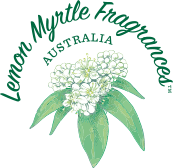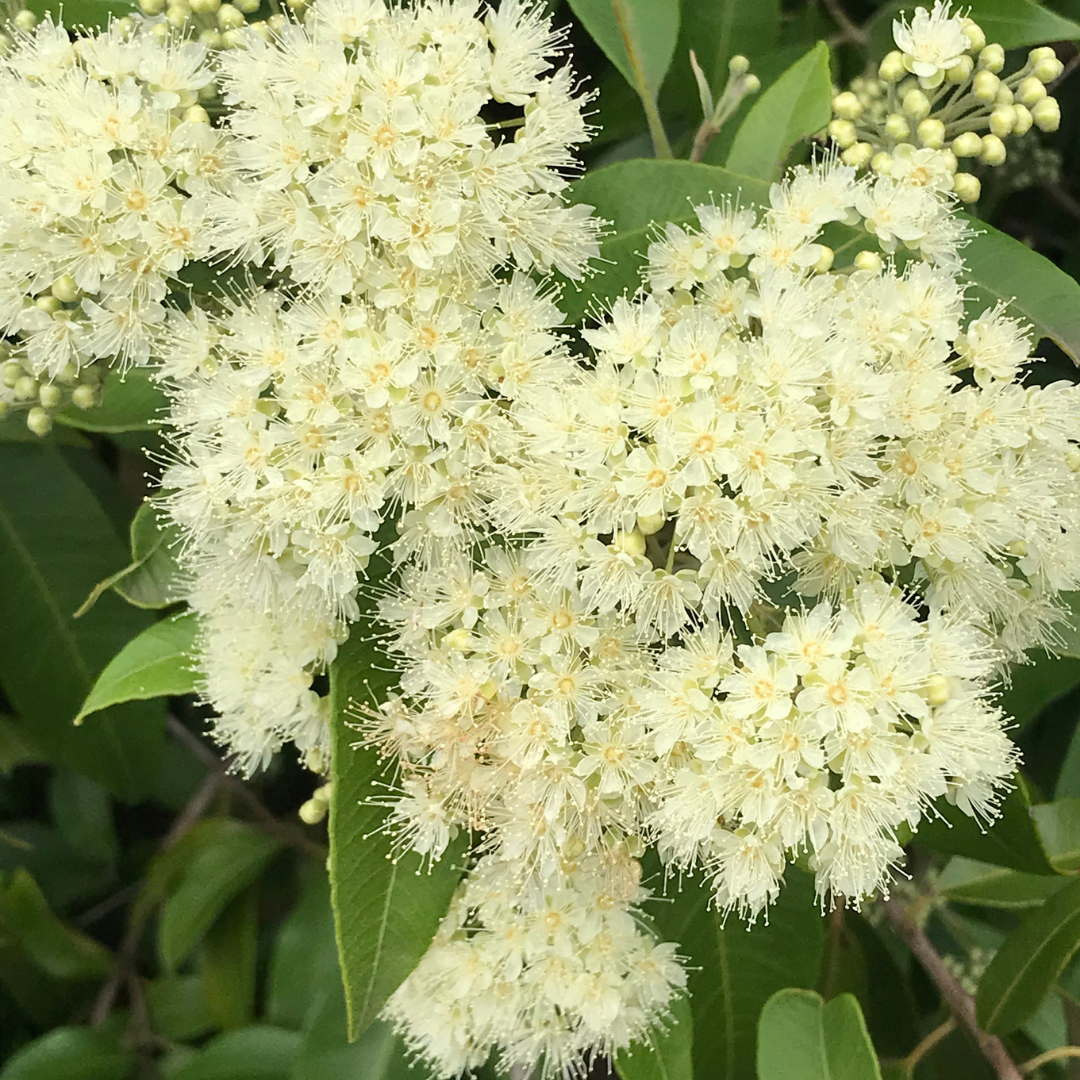More and more companies are turning to botanicals and essential oils to add flavour, fragrance and boost the health benefits of their products. Lemon is a perennial favourite for cleaning products, personal hygiene and cooking. Citral, a naturally occurring chemical compound, is responsible for that distinctive "lemony fresh" note, and two popular sources are the Aloysia citrodora, often called Lemon Verbena, and the Australian native Backhousia citriodora, or Lemon Myrtle.
Both of these herbs can easily be confused. In this we post will clearly outline the differences between Lemon Myrtle and Lemon Verbena.
Are Lemon Myrtle and Lemon Verbena the same thing?
In short, no. Both plants are beautifully scented, edible, and reasonably easy to grow. However, they are two distinct species. Although one may commonly be confused or substituted for the other, it’s important to understand the difference and the beneficial properties of using the correct natural essence.

Origins and history
Lemon Myrtle is an Australian native herb, with a long history of being used in Aboriginal bush medicine. Distillation to obtain citral began in the early 1900s, when the antimicrobial properties were recognised. Lemon Myrtle has the highest occurring levels of citral of any plant, and it was this concentration that allowed the compound to be identified within other plants, including Lemon Verbena. With lemon shortages in WWII, Lemon Myrtle was used commercially for flavouring lemonade, however, this growing popularity caused over-harvesting and use declined. Sustainable, commercial farming was established in the 1990s, seeing a renewed interest in the health benefits, including by the Bird family, the original owners of Lemon Myrtle Fragrances Australia.
Lemon Verbena is native to South America, but was exported for commercial use and propagation to Europe in the late 1700s and quickly became popular as a fragrant addition to bouquets and London greenhouses. Steam distillation was also used to extract the essential oil for additives in cooking, and use in perfumes, although the key ingredient, citral, was not yet identified. There is also evidence of Lemon Verbena being used in traditional medicine throughout Latin America.
Culinary use
Indigenous Australians have been using Lemon Myrtle in food preparation for over 40,000 years, and it has earned the title "Queen of the lemon herbs". Sometimes described as "lemonier than lemons" Lemon Myrtle is favoured for its fruity and clean flavour profile. Dried leaves may be prepared as tea, added to baked goods, in spice rubs for meat, or even take the place of lemongrass in Asian recipes. Lemon Myrtle essential oil can also be added as a flavouring to cocktails, cheesecake and sweets. With high citral concentrations, Lemon Myrtle is extremely pungent and is best used sparingly, but the low acidity means it is ideal for pairing with dairy-based recipes without curdling.
Lemon Verbena is described as more herbaceous and woody in its flavour and is sometimes described as grassy, or compared to citronella. The tougher leaves require fine chopping if being consumed directly. With a long history of commercial use, lemon verbena can be found in marinades, infused oils, or used to flavour desserts.
Health benefits
As an Australian medicinal herb, Lemon Myrtle has a long history of being used by indigenous Australians to treat headaches, skin irritation, and respiratory or stomach complaints. It is also associated with relief from anxiety and insomnia. Subsequent testing has found Lemon Myrtle offers antimicrobial and antifungal properties, including effectiveness against foodborne pathogens.
Lemon Myrtle also contains high levels of magnesium, calcium, zinc and antioxidants. Like all essential oils, Lemon Myrtle Essential Oil must be diluted before application or consumption. Studies have shown effectiveness against molluscum contagiosum and tests are exploring the application as a treatment for thrush and as a sanitiser. Lemon Myrtle has been approved for use by the Australian Therapeutic Goods Administration (TGA).

As with Lemon Myrtle, the presence of citral in Lemon Verbena may offer relief from congestion, stomach pain, anxiety and joint pain. However, insufficient data exists on its efficacy as a medicinal treatment. It is not currently listed on the TGA as an approved medicinal substance.
Cleaning and personal hygiene
With its crisp lemon scent, Lemon Myrtle is a popular addition to soaps, air freshener, and cosmetics. With its antibacterial and food safe properties, Lemon Myrtle is safe for use in domestic cleaning applications when diluted appropriately, including in the kitchen.
Lemon Verbena is added to perfumes, cosmetics and cleaning products primarily for its scent. As it contains citral, some antibacterial properties are also present, but at lower levels than Lemon Myrtle.
Sustainably grown Australian botanicals
Lemon Myrtle Fragrances has recognised the natural superiority of Lemon Myrtle and spent nearly 30 years sustainably farming and producing the highest quality products for cleaning, cooking and personal use.
Available online from our website, Lemon Myrtle is a beautiful, safe and fragrant choice for use in the home and garden.

